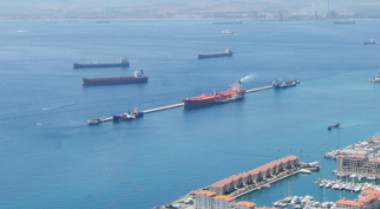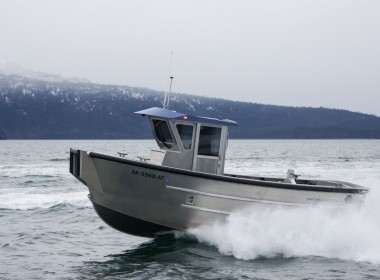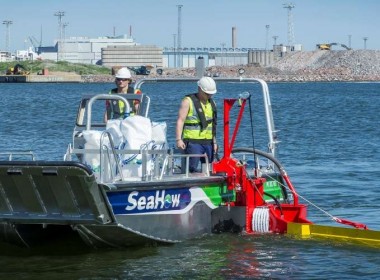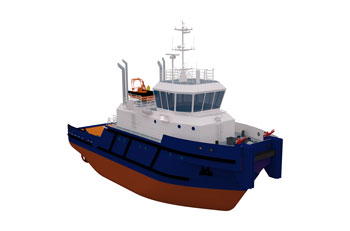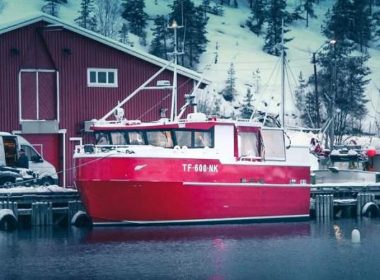VESSEL REFIT | Jaladharanuraksh – Thai oil spill response vessel undergoes propulsion upgrade

A well-built, modern vessel can be expected to outlive her original engines. The challenge for those representing the owners is to choose new engines that match or exceed the capabilities of the original power. Consideration will be given to replicas of the original engines. However, availability and suitability may limit this.
These were some of the considerations confronting the Thai Marine Department when they decided to put their 41.85 by 3.9-metre oil spill response vessel back into service. The vessel had been laid up for some time, as parts for her original engines had become difficult to find.
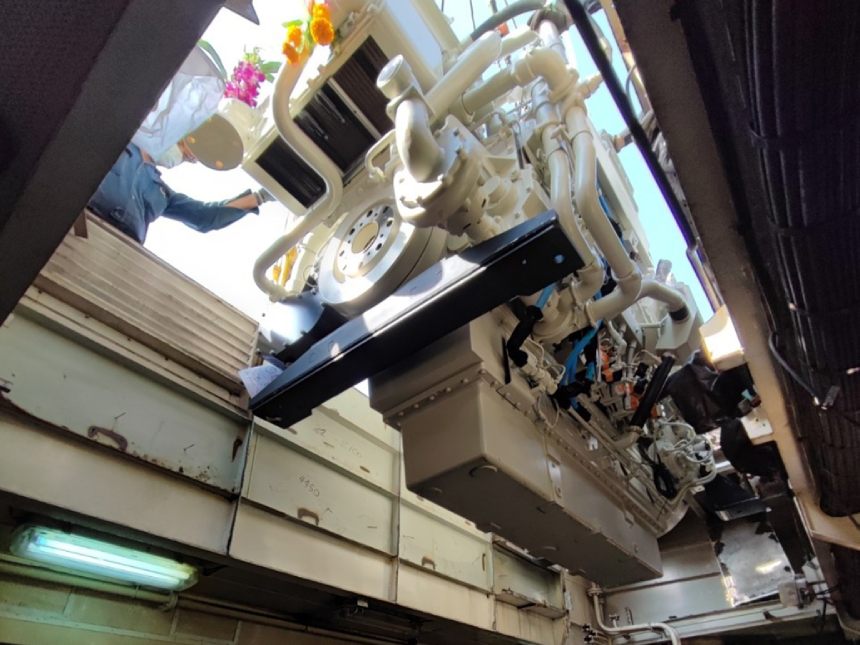
After careful thought on operational demands of their vessel Jaladharanuraksh, the Thai Marine Department selected a pair of Cummins QSK60M engines, each delivering 2,013 kW at 1800 rpm. The engines turn into new Reintjes LAF743 gears with 3.550:1 reduction. The twin shafts turn a pair of controllable-pitch propellers. This is significant power, to allow the boat to function in diverse roles for rescue, firefighting, and pollution control. The boat’s three big 267.5kW generator sets will be overhauled and retained.
The repower was completed at the shipyard of Asian Marine Services (ASIMAR) on the mouth of the Chao Phraya River near the Gulf of Thailand.
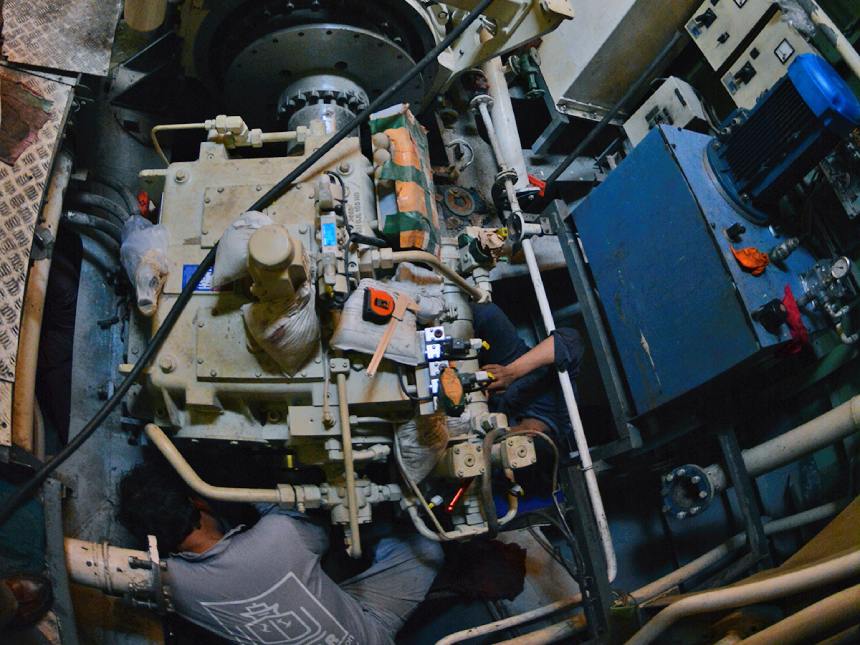
A challenge with all repowers is to get the alignment right. With the boat out of the water in one of the yard’s floating drydocks, the shafts were pulled and inspected. The newly installed engines are then aligned with the shaft tunnel with the aid of lasers. ASIMAR Project Manager Natdanai Supimars explained that, with the shafts reinstalled, the boat was returned to the water. Working inside the engine room, the shipyard team did a more precise alignment that allows for changes that affect the hull from being in the cooling water and with the full flotation support of the water on the hull.
The engines, with engineering assistance, were supplied by Cummins DKSH (Thailand). At the same time, as the new Cummins QSK60 engines were installed, the wheelhouse was given some attention. All the electronics from radar to sounder and gyro were checked out and, where required, replaced with newer models.
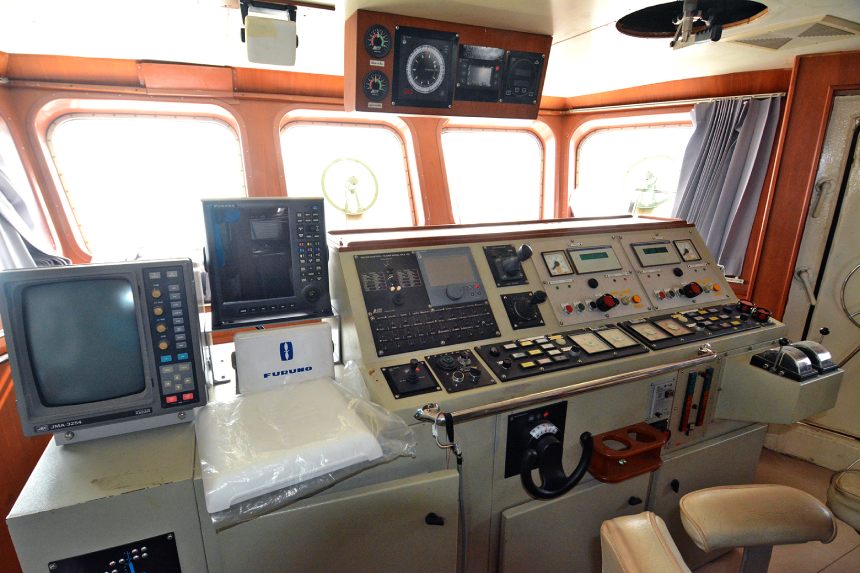
| Jaladharanuraksh | |
| SPECIFICATIONS | |
| Type of vessel: | Oil spill response vessel |
| Flag: | Thailand |
| Owner: | Marine Department, Thailand |
| Builder: | Asimar Shipyard, Thailand |
| Length overall: | 41.85 metres |
| Beam: | 3.9 metres |
| Main engines: | 2 x Cummins QSK60M, each 2,013 kW at 1,800 rpm |
| Gearboxes: | 2 x Reintjes LAF743 |
| Propulsion: | 2 x controllable-pitch propellers |
| Generators: | 3 x 267.5 kW |
| Radar: | JRC |
| Other electronics: | Furuno |



